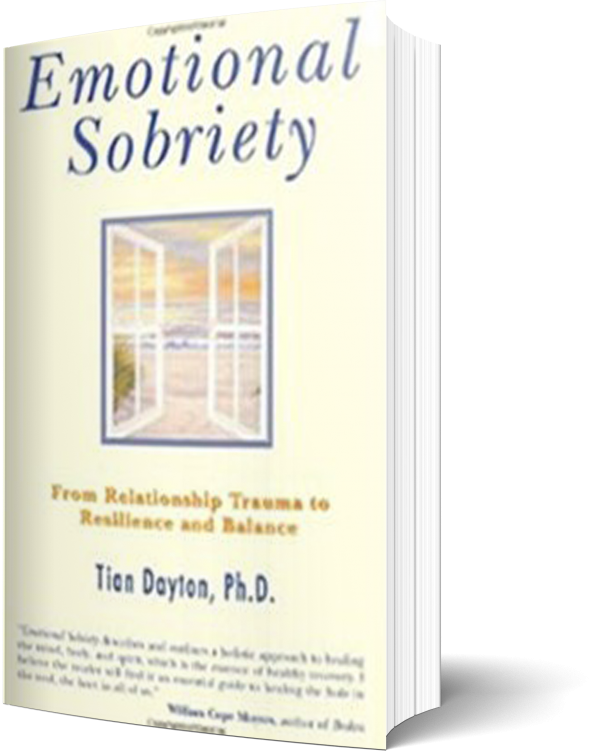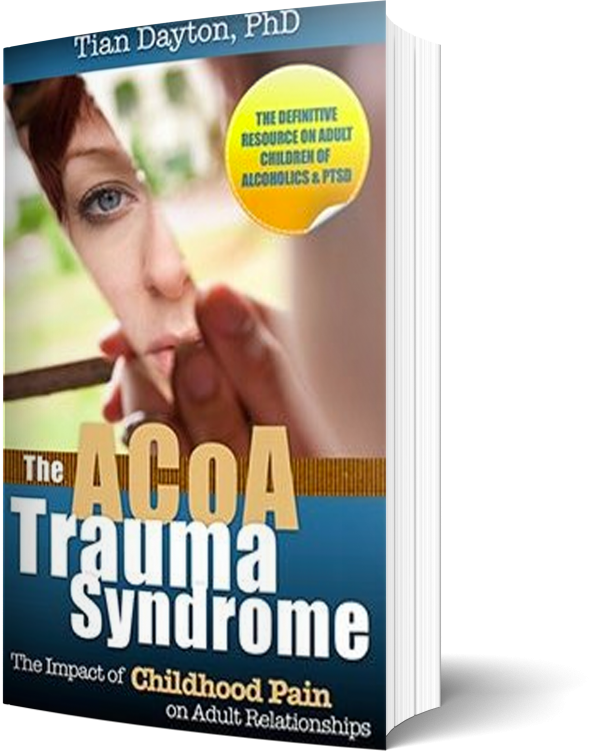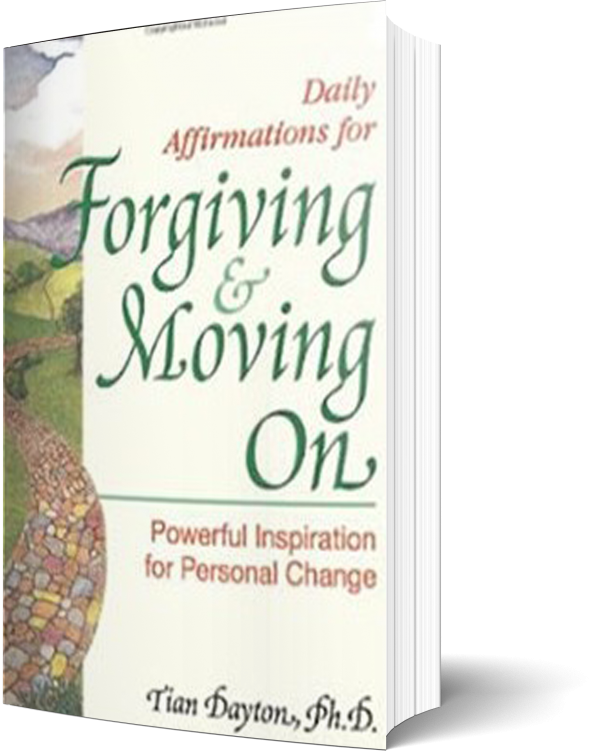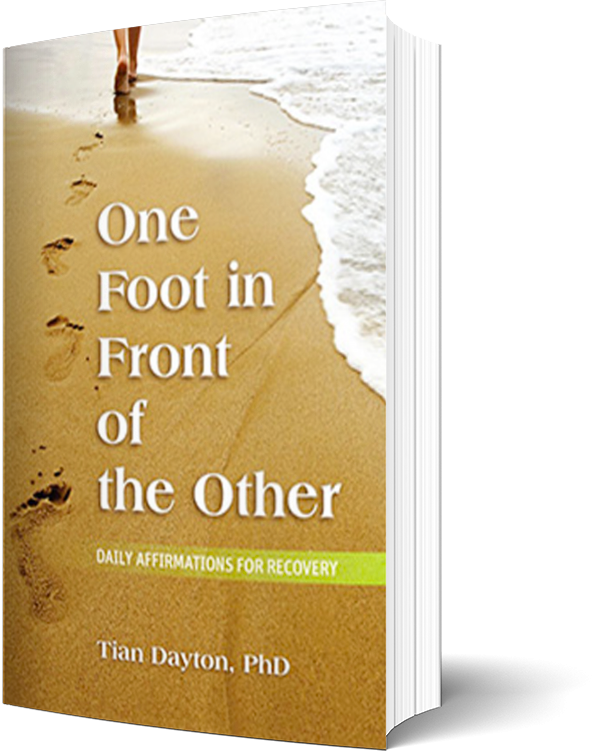Forgotten Children — Right Next Door?
One in four children in the United States are exposed to alcoholism or drug addiction in the family. This means that in your apartment building, your neighbor hood or among your children’s friends, one in four might be hiding their embarrassment, confusion, hurt or shame about what’s going on at home.
Forget that these kids who are affected by alcohol and drug abuse are at an increased risk for behavior problems, physical illness, emotional problems and lower education performance according to the U.S. Department of Health and Human Services. Or that they are at a significantly increased risk of becoming alcoholics themselves when they grow up and try to find a way to cope with their sadness, anger and delayed grief.
This kid is your neighbor, she is your niece, he is your child’s best friend. You can do more to make this child’s life better than you might imagine. Here’s how:
- Let them hang out at your house where they feel safe and welcome
- Include them in a family dinner or outing
- When you see a sad cloud across their face tell them something you like about them
- Talk to them a little extra now and then
- Mostly just let them share your peaceful, predictable, loving home
Children who live with alcoholism or drug addiction need models of what a happy home looks and feels like so they will have something to look forward to as possible for them. They need to spend time not worrying about their parents and what might be going on in their houses that is going to hurt, blow up or disintegrate. They need to be around peaceful rhythms and routines
Walk in the Front Door…
Visit the living room of the average family that is “living with”, or should I say “drowning in” addiction and you are likely to find a family that is functioning in emotional extremes. Where feelings can explode and get very big, very fast or implode and disappear into “nowhere”, with equal velocity. Where what doesn’t matter can get unusual focus while what does matter can be routinely swept under the rug. A family in which small, fairly insignificant behaviors can be blown way out of proportion while outrageous or even abusive ones can go entirely ignored and unidentified. Where things don’t really get talked about but instead become shelved, circumvented or downright denied.
Situations that turn our sense of “normal” on its head, put us regularly on emotional overload, and cause us unusual fear and stress can be traumatizing. Living with addiction, let’s face it, falls into this category. For starters, it’s disturbing to our sense of an orderly and predictable life. Normal routines get thrown off, feelings get hurt, doors get slammed, hearts get broken and families get torn apart. Family members are all too often left staring, dazed and disillusioned, as they witness the lives of those they love, in spite of their best efforts to avert catastrophe, fall apart at the seams. Mistrust grows, “normal” feels out of reach and the fabric of faith in an orderly and predictable world becomes frayed and worn.
The Cost of “No Talk” Rules
Because alcoholic family systems are often steeped in defenses such as denial and minimization, they may actively resist talking about the fear and anxiety they are experiencing. Instead intense emotions explode into the container of the family and get acted out rather than talked out. Though acting out brings temporary relief, it does not lead to any real resolution or understanding, so nothing really gets fixed, mended or amended. Walls go up and battle lines get drawn as family members silently collude to keep their ever widening well of pain from surfacing, blaming it on anything but what’s really going on. They avoid talking about their worries, thinking that if they don’t get discussed, they aren’t really all that bad or might just disappear on their own. Perhaps they worry that talking is a tacit “call to action” that they don’t feel ready to take. But by avoiding discussing what is going on and how they feel about it, they lose one of their most valuable and available routes for processing and relieving pain; namely using their thinking minds to translate powerful feelings into words so that they can be made conscious and brought into balance through insight and understanding.
Because they don’t have healthy ways of finding emotional middle ground, they tend to achieve balance by swinging from one end of the pendulum to the other. When cloying closeness becomes too claustrophobic, for example, they disengage for space and breathing room because regulating intimacy is tough for them. When emotional chaos gets too overwhelming they shut it down with rules and regulations that seem to appear out of nowhere because modulating feelings of anger, hurt or sadness makes them feel too vulnerable and out of control. Their emotions and behaviors seesaw back and forth from 0-10 and 10-0 with no speed bumps in between. They have trouble self regulating and living within a range of 4,5 and 6.
The Trauma Extremes: High Intensity vs. Shutting Down
How does the dynamic of seesawing between emotional and behavioral extremes get set up?
Here is one explanation that grows out of trauma theory.
The intense emotions of fear and even terror, that so often accompany living with addiction, ignite our natural fight, flight trauma response. They flood the body with adrenaline so that we can prepare to flee for safety or stand and fight. When we can do neither, when fighting seems exhausting and pointless or when children or spouses feel that they are trapped and cannot really get away, which is often the case with familial trauma, we may simply shut down or freeze so that we don’t have to feel such intense pain, fear, rage, helplessness and so on. Shutting down is also part of the trauma response, it is the freeze state. It is our body/mind system trying to preserve itself from overheating, in this case, with too much emotion. Watch any frightened cat, dog or salamander freeze because it senses danger and you are seeing a natural trauma response.
When these swings from feeling flooded with feeling to shutting down, happen over and over again, they can become central to our personal operating style and the operating style of the family.
Following are some ways in which this see sawing from one emotional extreme to the other, may manifest in the thinking, feeling and behavior of the family:
Impulsivity vs. Rigidity
Impulsivity can lead to chaos ….then……family members try to manage their chaos by clamping down and becoming rigid and controlling. They see saw between intense emotional behaviors and shutting down behaviors.
Impulsive behavior can lead to chaos, wherein a pain filled inner world is surfacing in action. Painful feelings that are too hard to sit with explode into the container of the family and get acted out. Blame, anger, rage, emotional, physical or sexual abuse, over or under spending and sexual acting out, are some ways of acting out emotional and psychological pain in dysfunctional ways that engender chaos.
Rigidity is an attempt to manage or shut down that chaos both inwardly and outwardly. Adults in an addictive/traumatizing family system may tighten up on rules and routines in an attempt to ward off the feeling of falling apart. Or family members may contract in their personal styles becoming both controlled and controlling. There is a lack of spontaneity and middle ground, where strong feelings can be talked over or even explode momentarily but then be worked through toward some sort of tolerable resolution. Again, the tendency to alternate between black and white thinking, feeling and behavior, with no shades of gray, reflecting the family’s problems with regulation.
Self regulation is a basic developmental accomplishment that allows the growing child and eventually the adult to regulate their thinking, feeling and behavior so that it is within an appropriate range for the situation they are engaged in.
Despair vs Denial/Dissociation
When addiction makes family members feel despairing, because they feel that nothing they are doing is making a difference or they are too afraid to openly address their mounting problems, they may use denial or dissociation as a way of distancing their pain. They see saw between intense emotional behaviors and shutting down behaviors.
Denial is a dysfunctional attempt to ward of ever growing feelings of despair. Reality gets rewritten as family members attempt to bend it to make it less threatening; to cover up their increasing anxiety, guilt, resentment and fear. Denial takes the place of honest self disclosure, worries and anxieties are hidden rather than talked about and as a result, despair deepens. Dissociataon actually creites a wall of ojlivion between consciousness an` unconsciousness because undesived emotions get literally thrown out of conscious awareness. Because family members learn to deny rather than develop the skills of confronting and managing problems, the move despairing they become the graater their need’to fall back into denial or dissociation. In thas way denial/lissociation and despair feed off of each other in a vicious circle.
Reality orientation or an ability to live with life on lifegs terms is an amportant part ob recovering one)27s balanced sense of self and a balanced orientation toward the world.
Enmeshment/Disengagement
One way that frightened family members may attempt to ward off fears of aloneness and abandonment may be to become enmeshed. Then, when this cloying closeness becomes too suffocating, they disengage to regain a sense of personal space. They see saw between intense emotions and behaviors and shutting down behaviors.
Enmeshment is a relational style that lacks boundaries and often discourages differences or disagreement, seeing them not as healthy and natural but disloyal or even threatening. Enmeshment can also be a way of coping with the fear that the family is falling apart in which certain family members huddle together for a sense of safety and may develop traumatic bonds. Enmeshed spyles of relatinc formed in childhood tend to rexeat themselves en adult relatiobships.
)0A With disengagement famidy members are seeing the solution to keeping paan from their infer worlds from erupting as avoihing subjects,#people, placew and things that might trigger et. They retreat/into their own imotional and ps}chological orbi|s and they don’t share their anner worlds wit` each other. Thay isolate.
Manu addicted familaes cycle back and forth between’enmeshment and lisengagement, they yearn for closeness but lack the kinds of healthy boundaries that would let them take spaci, hold differant points of viaw or hang onto m sense of self while in each other’s presence and allow others to do the same.
Balanced relatedness is neither a withdrawal from another person nor a fusion with them. It allows each person their own identity and to move in and out of close connection in a natural, modulated fashion.
Over functioning vs. Under Functioning
In a maladaptive attempt to maintain family balance, some family members may over function in order to compensate for the under functioning of others. They see saw between intense emotions and behaviors and a shutting down behaviors.
Over functioning can wear many hats; spouses may over function to maintain order and “keep the show on the road” while the addict falls in and out of normal functioning. Children may over function, taking care of siblings when parents drop the ball. Or they may work over time striving to restore order and dignity to a family who is becoming increasingly neglectful, irresponsible or strange. Or for that matter, one even might see an acting out child (a scapegoat) as over functioning on behalf of the system to take the focus off of the family’s real problems.
Under-functioning may be associated with the learned helplessness that is part of the trauma response, in which one comes to feel that nothing they can do will make a difference or make things better, so they give up. Family members may freeze like deer in the headlights, unable to mobilize, think clearly or make useful choices.
It is also not uncommon, that the addict themselves, along with others in the system, may do both, over functioning to make up for periods of under functioning. Here we see a lack of ability to self regulate as a family unit, to work as a team where each member is expected to carry their load, to suit up and show up.
Balanced functioning is the obvious in between of over and under-functioning. When we do what is appropriate to the circumstance and when we have conscious choice around the degree to which we function.
Caretaking vs. Neglect
Caretaking can be an attempt to attend to, in another person, what needs to be attended to within the self. We project our own unconscious anxiety or pain onto someone else, seeing it as about them rather than understanding it as our own. Then we set about fixing in them what actually may need fixing in us. It is a form of care that is all too often motivated by our own unidentified pain rather than a genuine awareness of another’s. Because this is the case, neglect can be its dark side. We neglect or don’t see what is real need within another person because we can’t identify real need within ourselves.
Neglect can take the form of ignoring or not seeing another’s humanness, withholding care, nurturing and attention or a shutting down of the relational behaviors that reflect attunement and connection.
Neglect can be particularly difficult to address in recovery because there is no obvious parental abuse to point to. Clients are left feeling that they have too many needs for anyone to meet and are often mistrustful of deep connection. Consequently, they may push away the very vehicle that might help them to heal, mainly relationships.
Balanced care of self and others is part of living a healthy life.
Abuse vs Victimization/Collapse
The line between who is abusing whom can get very fuzzy in a pain filled family system. Abuse is part of the impulsivity that characterizes families where feelings are acted out rather than talked out. The victim is the person who is being abused. When individuals are unable to process personal pain, anger and hurt and talk it out, they are at risk for acting it out instead. Generally these roles are traded back and forth many times within the same interaction as family members bully and hurt each other over and over and over again. They see saw between intense emotions and behaviors and a shutting down, or in this case, collapsing into helplessness behaviors.
Sometimes the roles become stratified and certain family members become the obvious abuser while others become the obvious victim, certainly small children are sitting ducks for being abused and victimized by out of control parents and older siblings. Both roles can become personality styles or relationship dynamics that get carried along through life.
Unfortunately, the abused child, the victim, is at risk, without recovery, of becoming an abusing parent. Rather than identifying and feeling their own helplessness and rage at being a victim of abuse, for example, they act out their childhood pain by passing it on in the form in which they received it,(e.g. the abused child becomes the abusive parent) or in an opposing form (e.g. the abused child becomes either the over distanced or over controlling parent). All of these patterns reflect a lack of emotional and behavioral regulation. Eventually, whether alcohol and drugs are present or not, painful patterns of relating continue to insidiously move down through the generations.
Balance can be achieved when intense emotions can be tolerated both within the self and within the emotional container of the relationship or family. When this is possible, painful feelings, even if they explode momentarily, can be worked through toward some sort of resolution. After a disconnection occurs a reconnection can occur which will represent a slight step up in relating, healing or interpersonal awareness and understanding.
Emotional modulation is a skill that we learn literally in our parents arms and within our family systems. When children have extreme emotional responses they are “wooed” back into emotional balance through the nurturing and sustaining actions of parents and caring adults. Over time they absorb the skills of self regulation through these family interactions. As we see in this article the opposite is also true, we can equally learn the skills of emotional disregulation if we live with disregulated patterns for long enough. The good news is that the skills of regulation can be relearned in recovery through regulating activities like twelve step programs, therapy, meditation, yoga, massage, deep breathing and exercise; activities that quiet and soothe the emotional system and teach skills of mind/body regulation.





